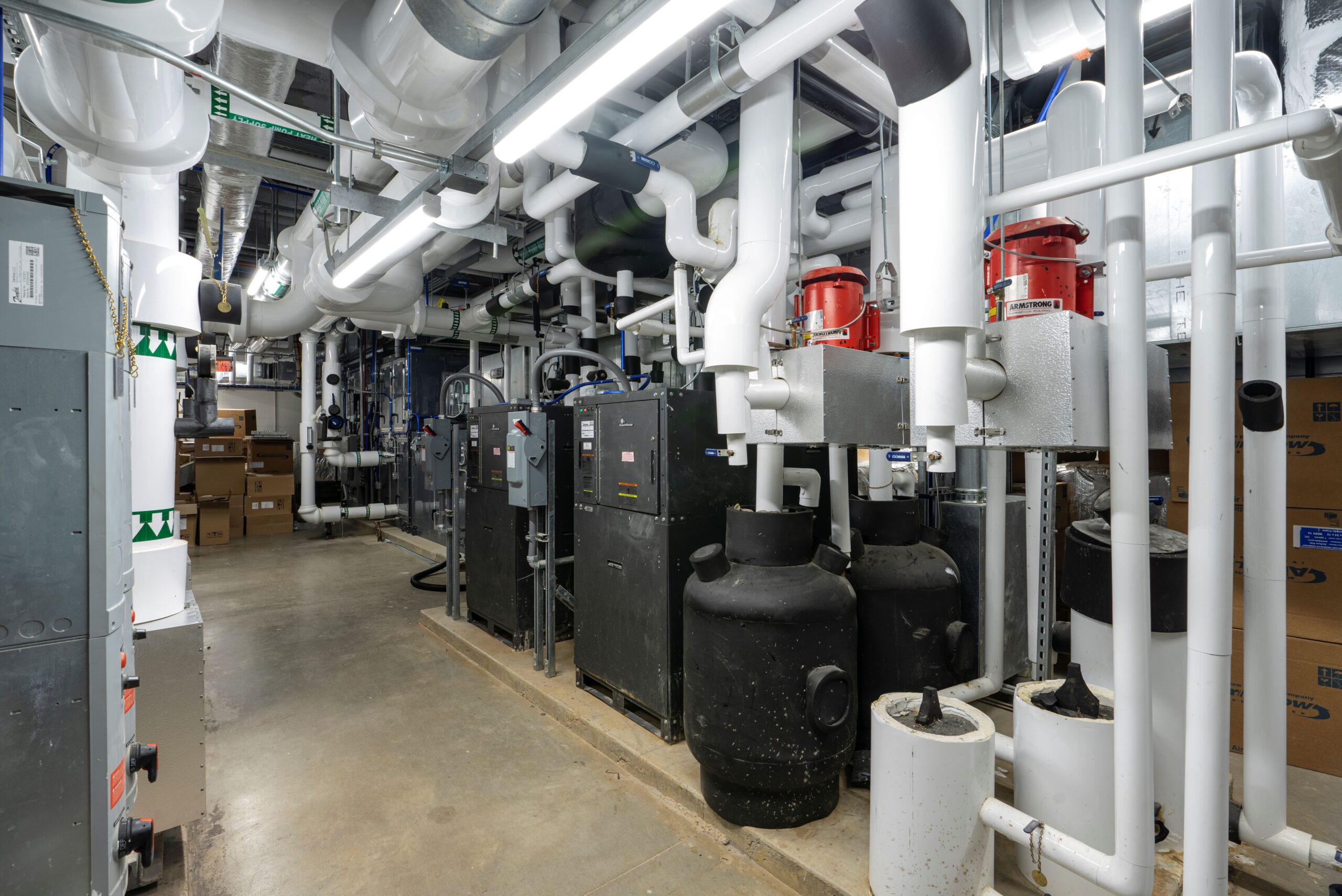Occupancy sensors are small devices that detect if someone is in a room. They help manage lighting and HVAC systems without wasting energy. These sensors are commonly used in homes, offices, and public buildings. Let’s explore how they work and their benefits.
What Are Occupancy Sensors?
Occupancy sensors are technology tools that sense movement or presence. They use infrared, ultrasonic, or microwave signals to detect people. When someone enters a room, the sensor activates lights or HVAC systems. If the room is empty, it turns these systems off or reduces their use.
How Do Occupancy Sensors Work?
Occupancy sensors use different methods to monitor spaces. Here are the main types:
- Passive Infrared Sensors: Detect heat from people or animals.
- Ultrasonic Sensors: Use sound waves to sense motion.
- Microwave Sensors: Send out microwave signals to find movement.
- Dual-Technology Sensors: Combine two methods for better accuracy.
These sensors work best in areas where people move often. They are ideal for rooms like offices, bathrooms, or hallways.

Credit: www.sciencedirect.com
How Do Sensors Optimize Lighting?
Lighting is one of the biggest energy users in buildings. Occupancy sensors help reduce energy waste. When a room is empty, the lights turn off automatically. If someone enters, the lights turn back on. This ensures that energy is used only when needed.
Some sensors even adjust light levels based on natural sunlight. If the room is bright, the lights dim. If it’s dark, they brighten. This creates a comfortable environment while saving energy.
How Do Sensors Optimize HVAC Use?
Heating, ventilation, and air conditioning (HVAC) systems use a lot of energy. Sensors help control these systems based on room usage. If the room is empty, the HVAC system reduces heating or cooling. If people are present, it adjusts to their comfort needs.
For example, in an office, sensors can reduce air conditioning when employees leave. This avoids cooling empty spaces and saves power. In homes, sensors can manage heating in unused rooms, lowering energy bills.
Benefits of Using Occupancy Sensors
Occupancy sensors offer many advantages. Here are some key benefits:
| Benefit | Description |
|---|---|
| Energy Savings | Reduce electricity and heating costs by using systems efficiently. |
| Convenience | Automatically turn lights or HVAC on when someone enters a room. |
| Comfort | Adjust lighting and temperature based on people’s needs. |
| Longevity | Extend the life of lighting and HVAC systems by reducing overuse. |
| Environmental Impact | Lower energy use helps reduce carbon emissions. |
Common Places Where Sensors Are Used
Occupancy sensors are used in many places. Some examples include:
- Homes: Bedrooms, bathrooms, and kitchens.
- Offices: Meeting rooms, hallways, and restrooms.
- Schools: Classrooms and libraries.
- Public Spaces: Airports, shopping malls, and parking lots.
- Factories: Warehouses and assembly areas.
Challenges of Using Occupancy Sensors
While sensors are helpful, they have some challenges. False triggers can happen due to pets or random movement. Placement is important for accuracy. If sensors are blocked by furniture, they may not work well. Regular maintenance is needed to keep them working correctly.
Tips for Choosing the Right Sensor
Choosing the right sensor depends on your needs. Here are some tips:
- Pick sensors suitable for the room size and purpose.
- Choose dual-technology sensors for better accuracy.
- Look for adjustable settings to customize sensitivity.
- Check if the sensor works with your lighting or HVAC system.

Credit: www.csemag.com
Frequently Asked Questions
What Is An Occupancy Sensor?
An occupancy sensor detects motion or presence in a space to control devices like lights or HVAC systems.
How Do Occupancy Sensors Save Energy?
They turn off lights or HVAC systems when a room is empty, reducing energy waste.
Can Occupancy Sensors Be Used For Hvac Systems?
Yes, they adjust heating or cooling based on room occupancy, improving efficiency and comfort.
Do Occupancy Sensors Work In All Types Of Buildings?
Yes, they are suitable for homes, offices, schools, and industrial spaces.
Conclusion
Occupancy sensors are a smart way to manage lighting and HVAC use. They save energy, reduce costs, and improve comfort. By detecting room usage, sensors ensure systems work only when needed. This benefits both the environment and your wallet. Consider adding sensors to your home or workplace today.
